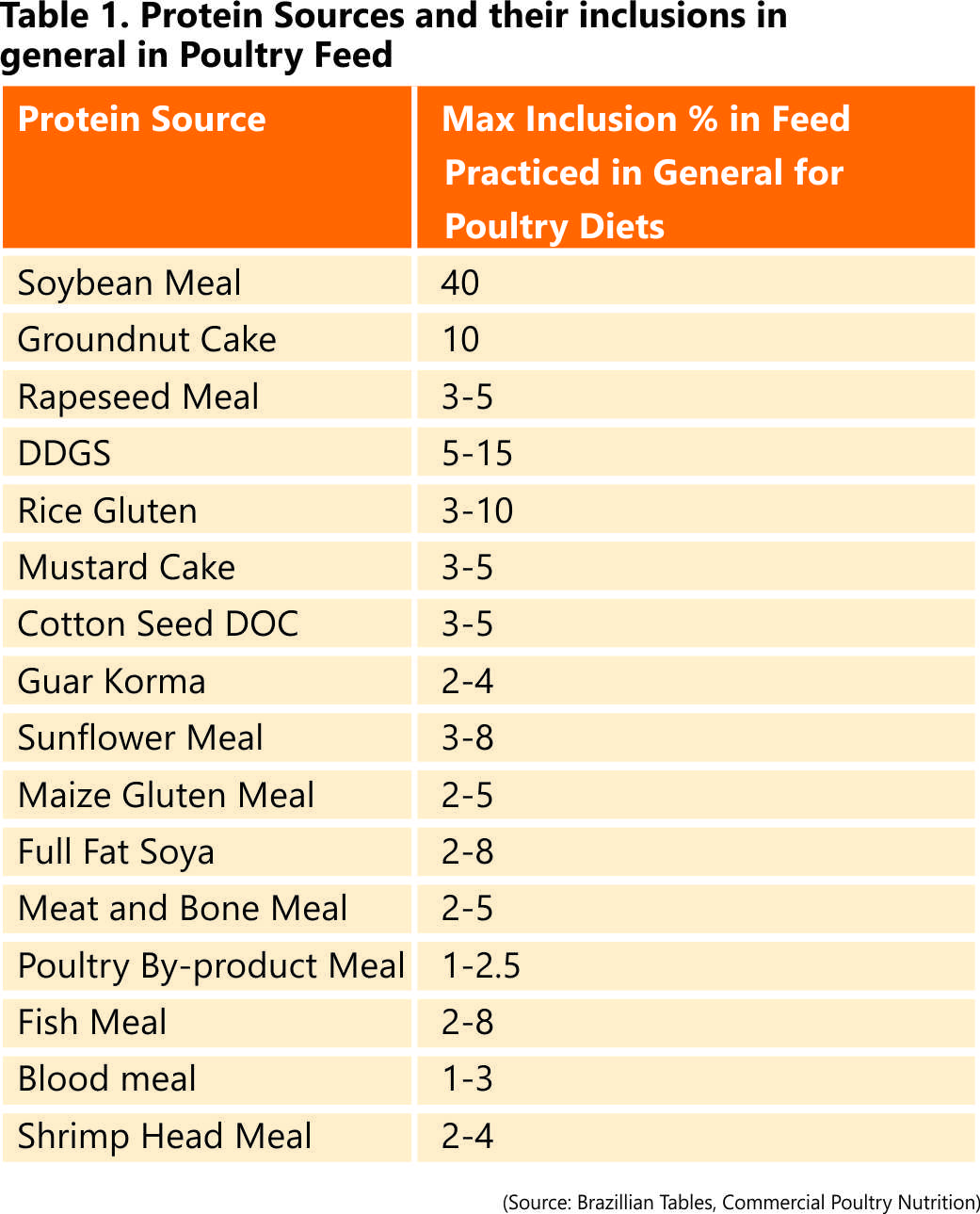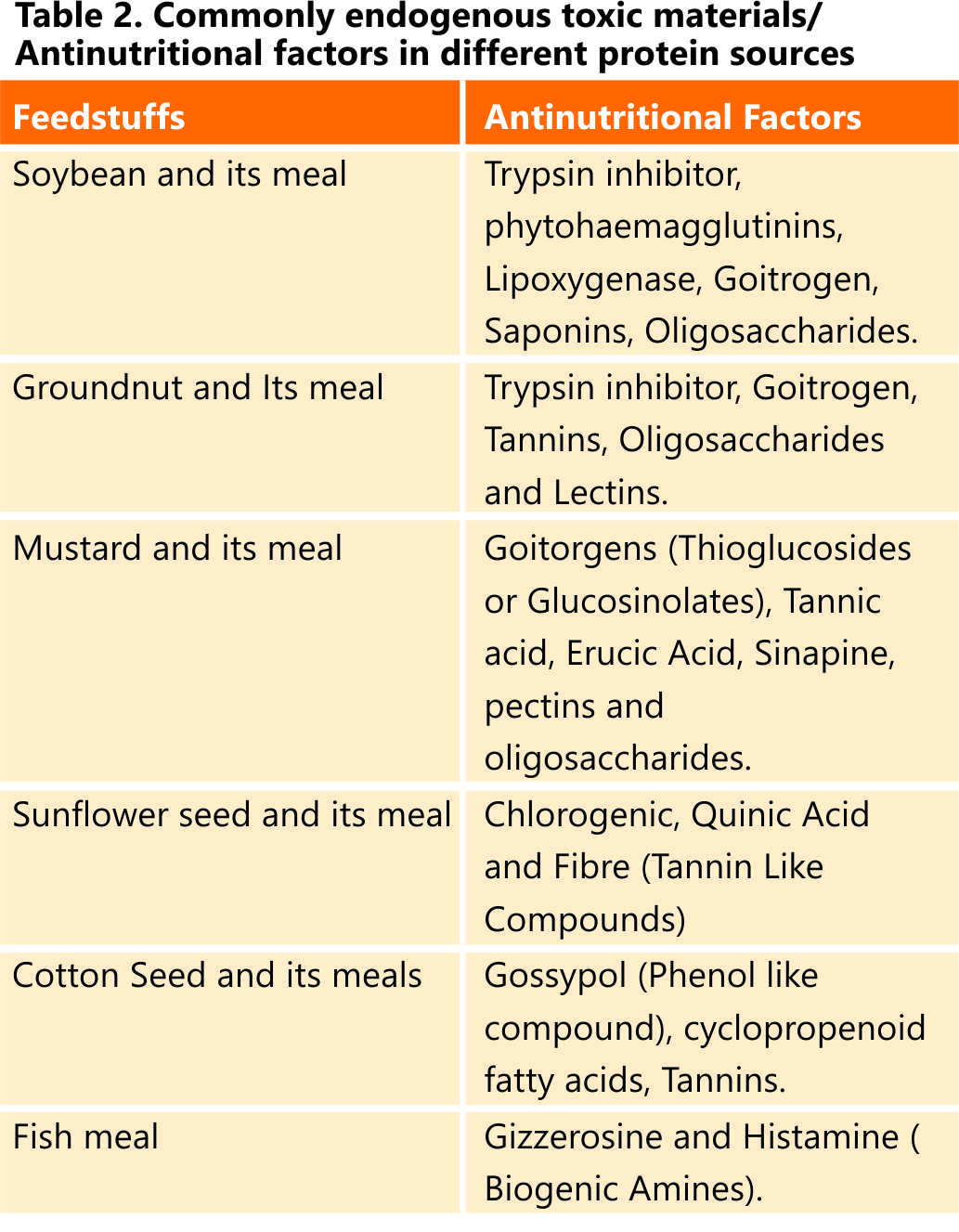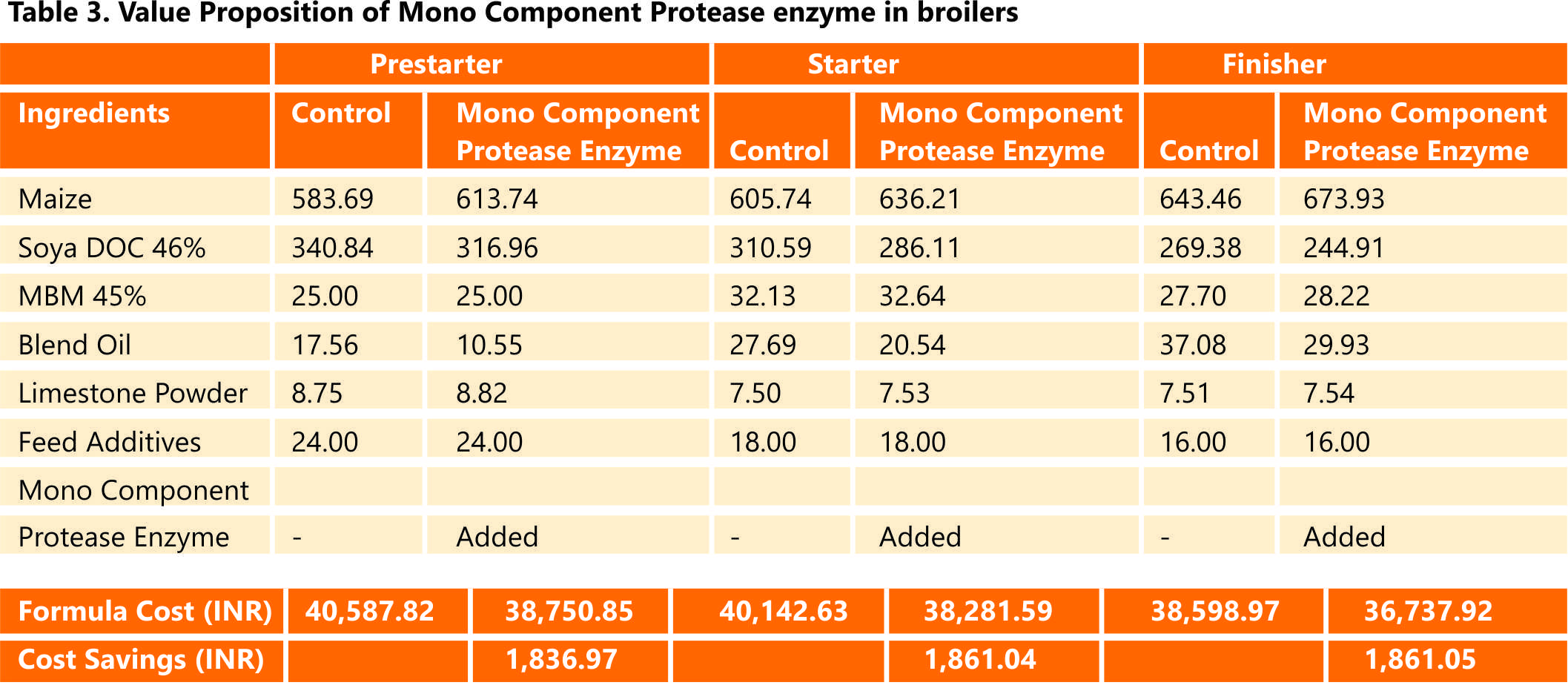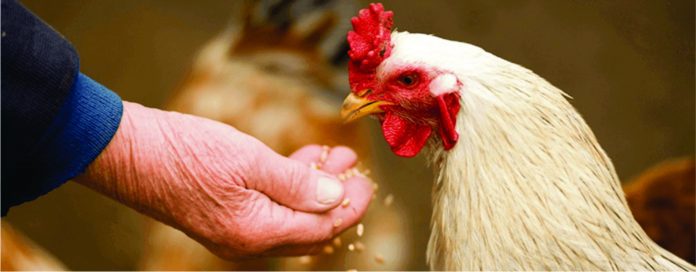

Feed is an important and expensive input that contributes almost 70-75 percent of total cost of production. Like the famous notion of-GARBAGE IN=GARBAGE OUT, the raw material quality indicates directly the quality of finished feed being produced, of course considering other parameters such as feed milling, etc. Hence, the quality of raw materials should be given due emphasis to produce an optimal feed to achieve target performance.
Feed is perfect balanced combination of energy, protein, fat, minerals, vitamins, different feed additives and supplements that help to optimize performance potential of bird through feed under standard management conditions.
A good quality feed coupled with optimal environment and disease management plays a major role in influencing bird’s performance. List of factors responsible for good quality feed production includes-
- Purchase of Feed Ingredients/Raw materials
- Quality control of feed ingredients/Raw materials
- Storage of raw materials
- Feed formulation
- Processing of Raw materials
- Batching
- Grinding
- Mixing
- Quality control of Finished Feed
- Feed mill Maintenance
Energy Sources
Energy sources accounts for the major proportion of feed and amounts almost 35-45% of overall feed cost. The sources of energy in poultry diet being the carbohydrates and fat/oil portion, due emphasis needs to be placed on these ingredients when procured. The source of carbohydrates comprises of grains while fat/oil sources comprises of vegetable oils and animal fat/oils.
Maize is the prime source of energy used by many poultry farmers and feed millers. Owing to its better digestibility, easy availability and higher metabolizable Energy (AME) maize still ranks first choice (though it is on lose competition with Broken rice and Bajra) amongst the various available grain sources. We witness in general the use of other grain sources mainly Bajra, broken rice and Wheat when the prices of Maize gone high and supply is limited. At the same time, these raw materials are used abundantly due to price impact in the areas where harvesting of these crops is more. Apart from these grains, some by-products of these are also used as moderate source of energy like Rice Polish, etc.
Fats and Oils as Energy Sources
Crude Vegetable oils of Soybean and Rice Bran are widely used as an energy source from oils. While using these as Energy sources, utmost care to be considered for their purity in terms of presence of less contaminants, which would otherwise drastically reduce energy availability from respective oil. Fish oil serves as a good source of energy provided extra precautions are taken for its handling as well the oil is prone for oxidation if stored for long duration. So, enough quantity of antioxidant is required to control Free fatty acids level.
Animal fats such as tallow should be avoided in poultry diets due to their poor digestibility. It can be included to certain extent in finisher diet if it is of supreme quality.
Protein Sources
In the major raw materials used for poultry feed production, protein sources contribute almost 45-55% of total feed cost. In current scenario, it may go even higher as the Protein sources prices are gone record high. So, keeping in view of this, strict quality control measures with respect to procurement and management of protein sources of raw materials is utmost important.
Till date, Soybean meal is by far the best and widely used source of protein in poultry feed. This is then followed by other protein sources like Meat and Bone Meal, Groundnut cake, Rapeseed meal, Mustard De oiled cake, Full Fat Soybean, Maize Gluten meal, Rice Gluten, Dried Distiller Grain Solubles (DDGS), Poultry By-Product meal, Sunflower meal, Guar Korma, Cotton Seed meal, Blood meal, Fish Meal, etc.
Protein sources must be procured from reliable sources. Vendor/Supplier establishment is a crucial step to document required ingredient specification. Regular vendor reviews need to be carried out to have strict vigilance on incoming raw material quality.
Physical, chemical and microbiological quality control measures for protein sources need to be adopted depending on the type of raw material. As far as possible, 50% of the total incoming lot must be sampled for the various quality control tests.


Antinutritional Factors in Ingredient Sources
Antinutritional factors (ANF) are hard to analyse. But we can have an idea of their presence in various ingredients and decide on their inclusion levels. Non-Starch polysaccharides (NSP) and phytates are present in all grains, which entrap essential nutrients thereby reducing bioavailability. NSPs are also present in all protein sources including soybean. To address these issues, an optimal combination of good quality NSP enzyme, Phytase and Protease enzyme is very much essential to explore the potential of raw material and to improve digestibility and thus, bioavailability.
Table 2 showing commonly endogenous toxic materials/ Antinutritional factors in different protein sources.


Enzymes acts like catalysts and helps to improve the digestibility and Bioavailability of raw materials and Nutrients and thus, helps to improve performance of Birds. In fact, Enzymes are probably the only ingredient in feed formulation which when added, reduces the feed cost when considered its matrix in a better way.
Common enzymes used in feed formulations are broadly categorized in three groups- NSPase, Protease and Phytases. While general consideration is that, NSPase will help to reduce the impact of NSPs present in the feed and thus, helps to release energy which is otherwise not available for Absorption. Carbohydrates are added in the feed as a source of energy but it’s not completely absorbed as certain amount is non or less digestible due to presence of less digestible Carbohydrates which are otherwise called NSPs. To counter that, NSPase are added which then effectively neutralize their impact and release certain amount of energy which is made available to birds. Good quality Enzymes can release almost 2-4% of Energy from the ration. Commonly used NSP enzymes includes Xylanase, B Glucanase, Amylase, Cellulase, etc.
Protein inclusion cost is the second highest cost in the feed after Energy (includes Carbohydrates and Oil). Soya DOC is conventionally the most used protein source used in poultry diets because of its better protein digestibility and better amino acid profile than others. Ideally its digestibility is in the range of 84-91%. But it has many antinutritional factors such as Trypsin inhibitor, Glycinin, B conglycinin and Lectins. Many of these are allergens proteins and can cause digestive disturbance. Trypsin plays major role in protein digestion but due to Trypsin inhibitor protein digestion gets hampered resulting more undigestible protein available as a food for bad pathogens in hind gut bacteria. Protease can be effective in managing these problems and reduce the antinutritional factors in Soya DOC. Research has shown that addition of mono component protease enzyme in the poultry diet can help to reduce Glycinin and B conglycinin by more than 90 percent while it helps to neutralize Trypsin Inhibitor in the Soya DOC as well making it more bioavailable. Effective use of protease not only help to improve the digestibility of Soya DOC but consideration of its matrix, helps to reduce the feed cost as well.
Due to current situation, many poultry farmers have shifted to alternative/non-conventional protein sources such as Rapeseed meal, Mustard DOC, Groundnut cake, Meat and Bone meal, Poultry meal, Guar Meal, Maize Gluten meal, cotton seed DOC, etc. There is huge variation in digestibility of protein and amino acids of these sources when added in the diet even though crude protein is higher or equally matching. In other way, more undigestible amino acid is available at post absorption site which is a food for pathogens. This undigestible portion is a substrate for Protease enzyme and it acts on that portion to make it more digestible at the site of absorption. This results in lesser undigested amino acids resulting in better performance of birds. Hence, use of Protease enzyme become critical. Use of mono component protease enzyme can be more effective comparatively and it can be helpful to consider higher matrix basis the feed formulation and substrate available in the formulation.
So in present scenario, use of mono component Protease enzyme can prove beneficial to reduce feed cost by approximate Rs 1500-2000 per ton feed depending on raw material sources and feed formulation in Broilers. Below is the sample formulation for broilers showing the Cost Benefit of protease enzyme (as per current scenario).


Feed contributes almost 70% of poultry production cost. Due to sharp rise in raw materials particularly protein sources, it is imperative to use alternate sources which are available, but they have their own issues when used without proper knowledge as they contain antinutritional factors which damage the performance if not considered during formulation. Also, the inclusion levels matter most for many reasons. Enzyme play critical role in maintaining the performance by reducing feed cost. Ideal selection of Good enzymes not only reduces the feed cost but also improves production cost as well.
Protease enzyme when used in the diet containing alternate protein sources can be very much helpful. It enhances the protein digestibility, supports bird’s performance and reduces feed cost. Its inclusion in the diet improves digestion of protein in feed ingredients, thereby allowing lower protein inclusion of total protein when formulating diets. Also, it helps to neutralize antinutritional factors. Effective use of Protease can help to reduce feed cost from Rs 1500-2000 per ton Feed with current raw material prices in Broiler Diets while in layers it can be significant savings up to Rs 1000-1500 Per MT Feed. In Breeders, when used, Significant difference in hatchability improvement can be observed provided formulation is balanced.
by Dr. Milind D. Rainchwar, Novus Animal Nutrition India













